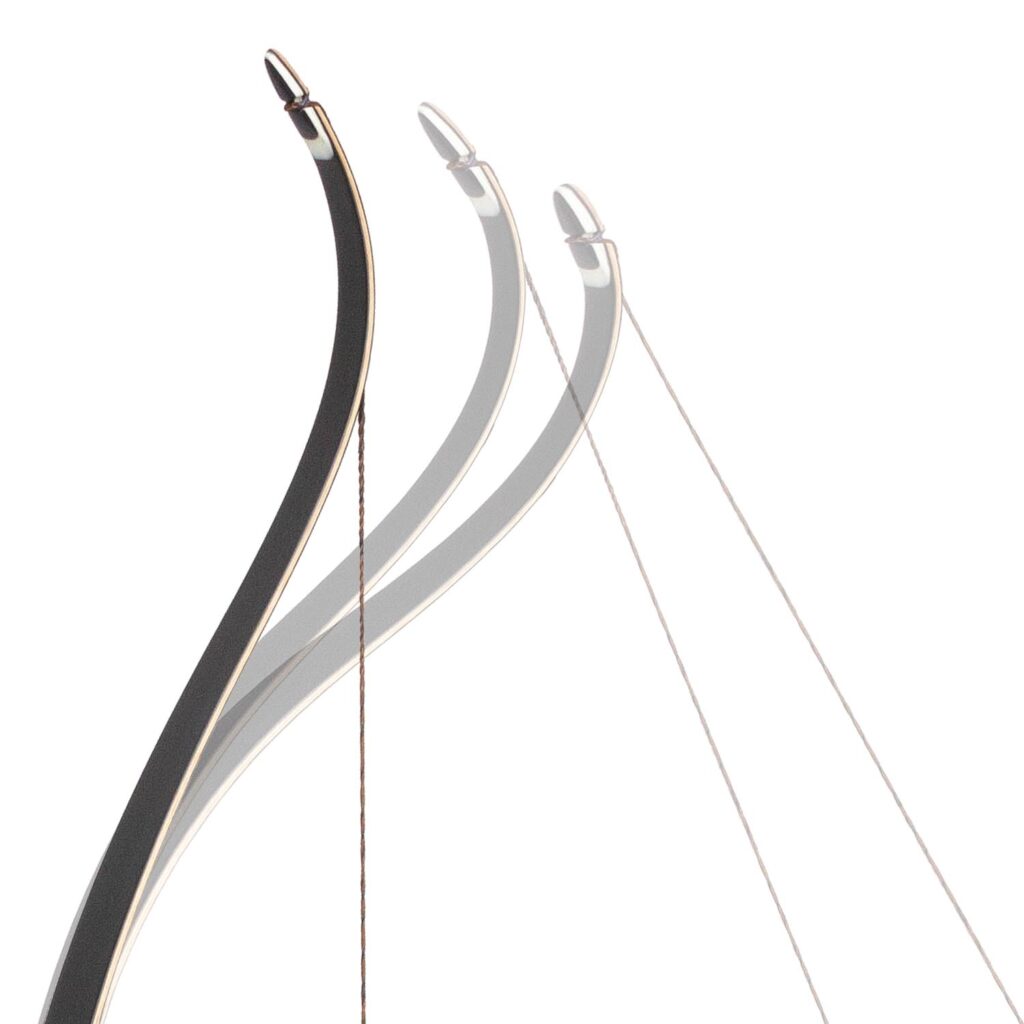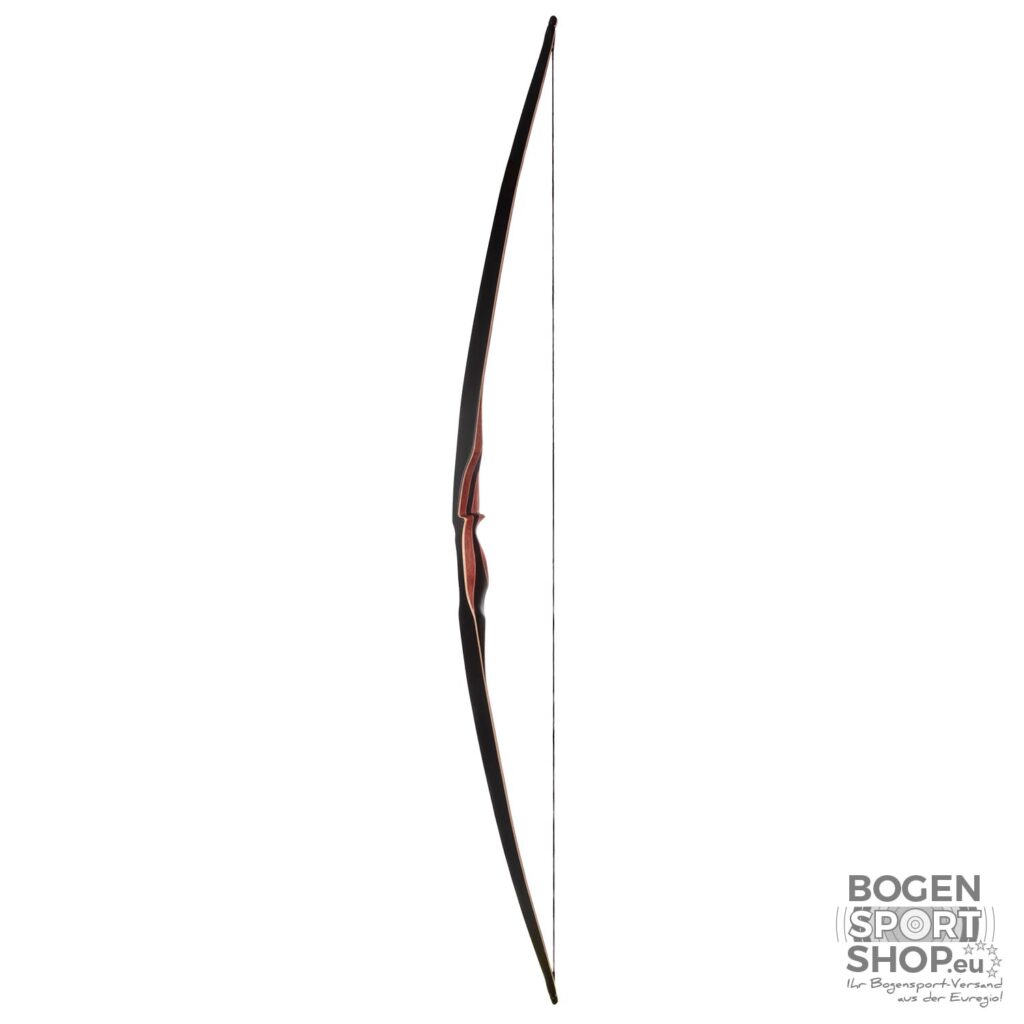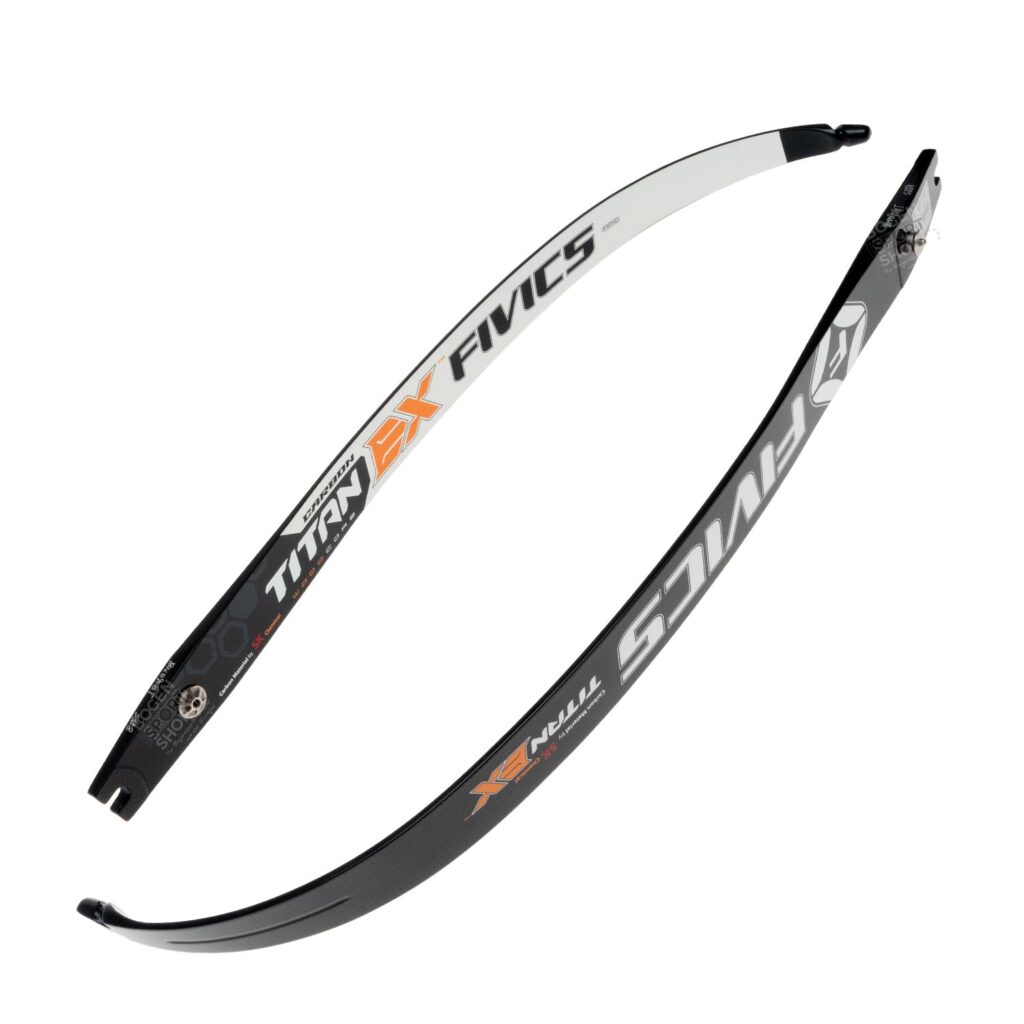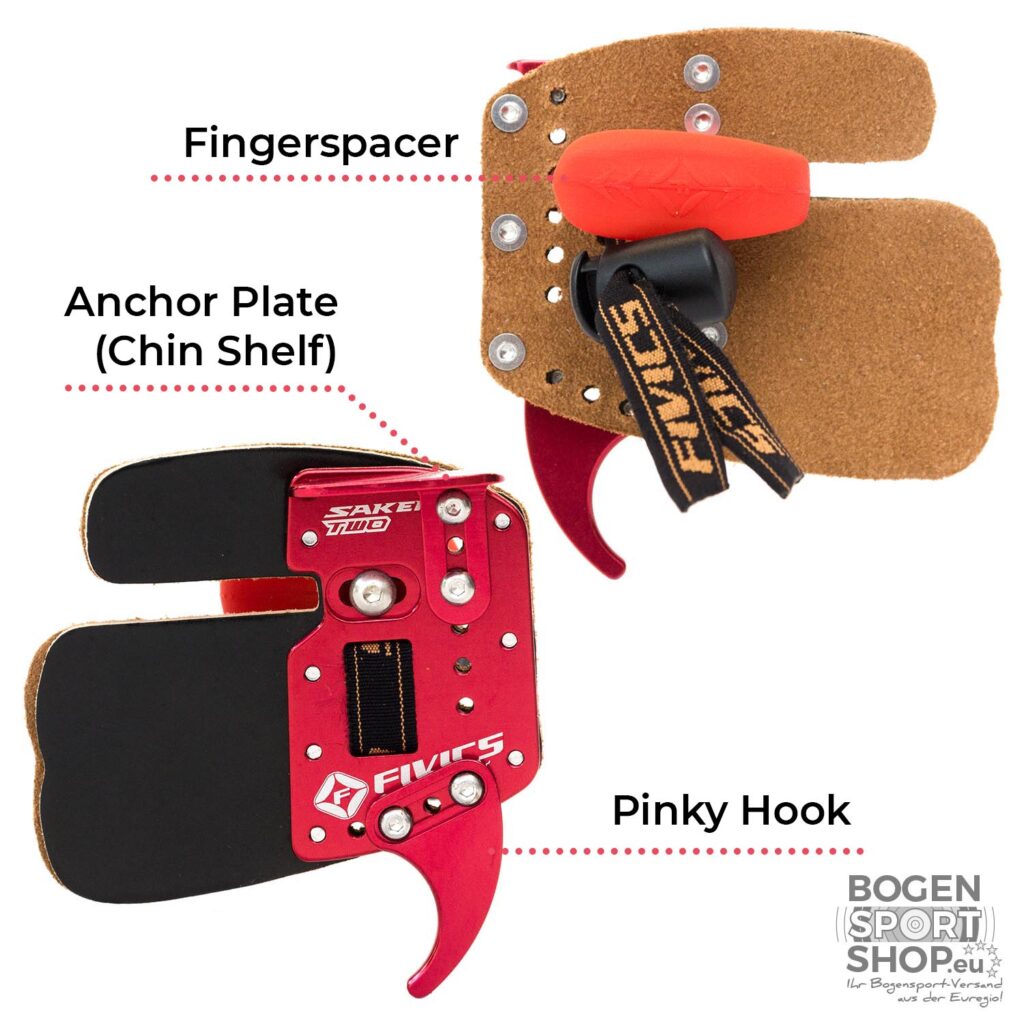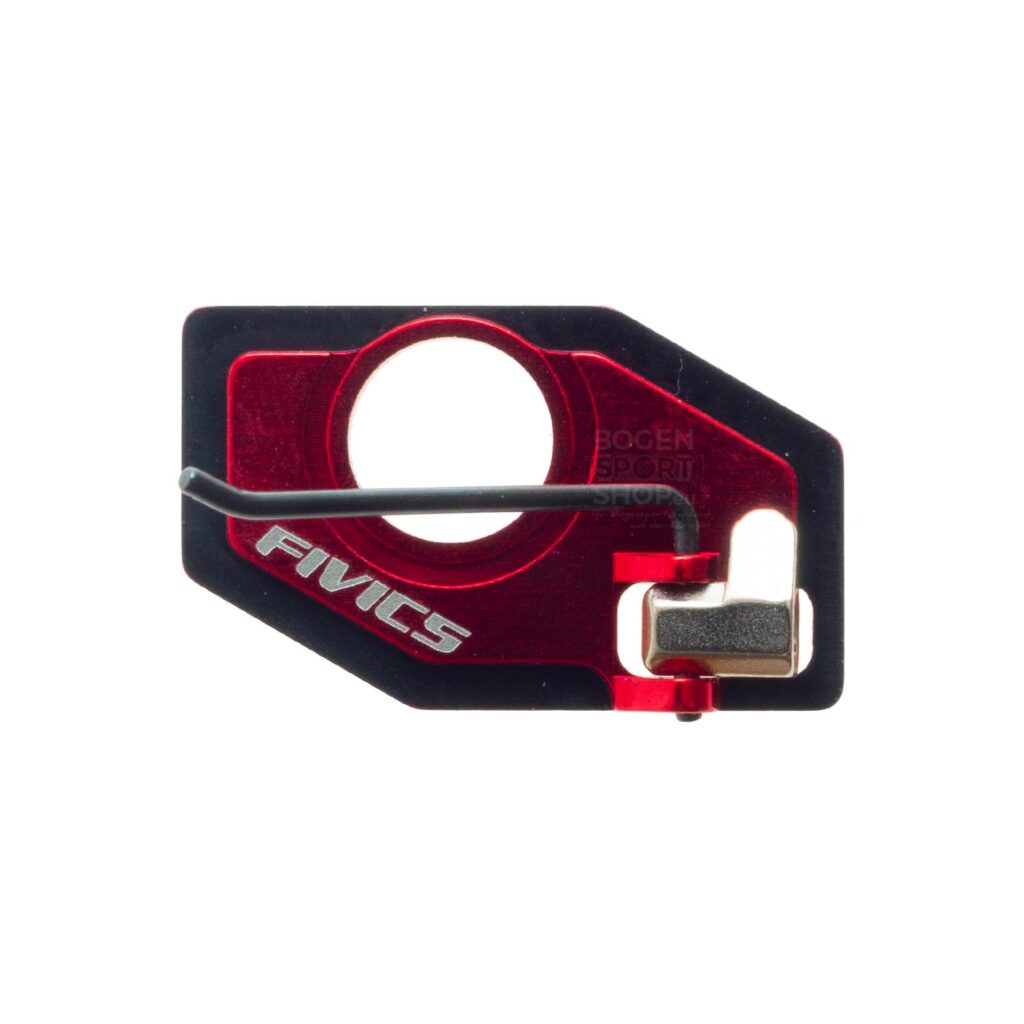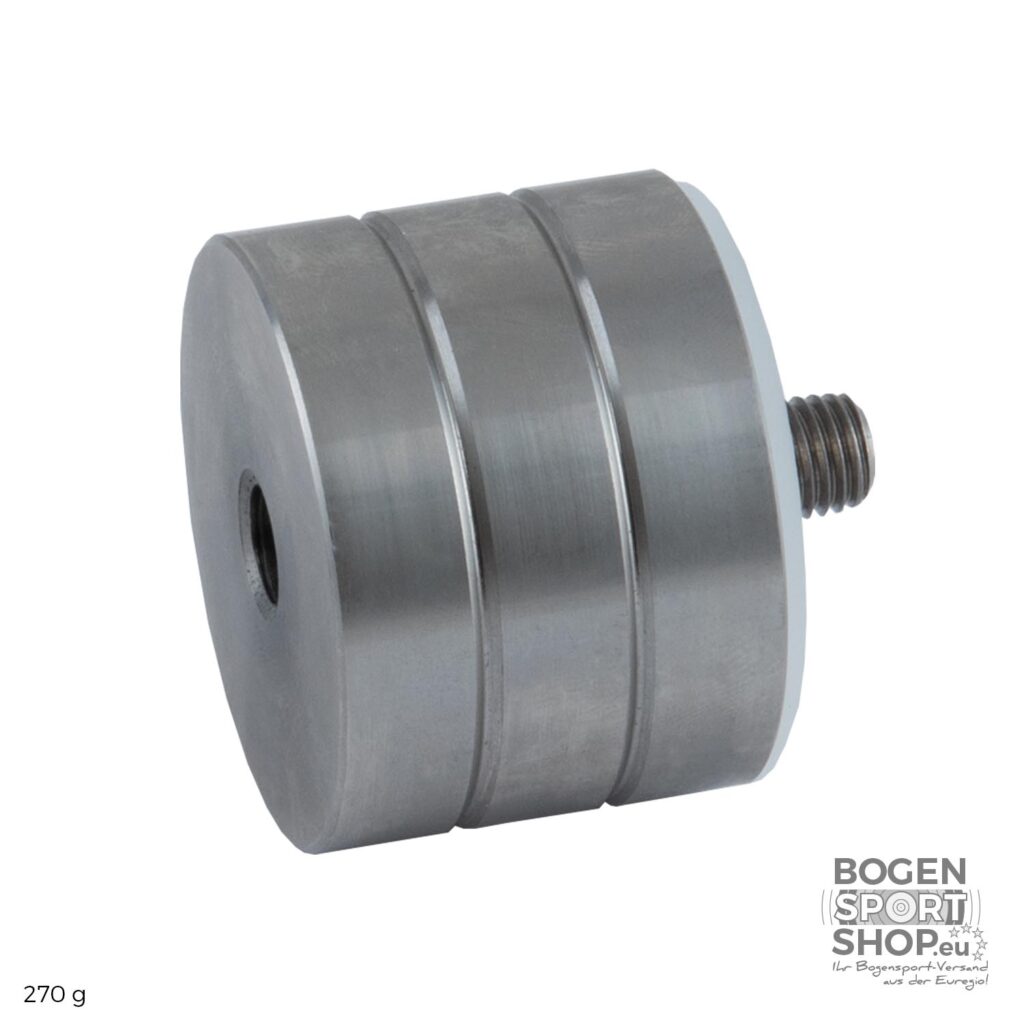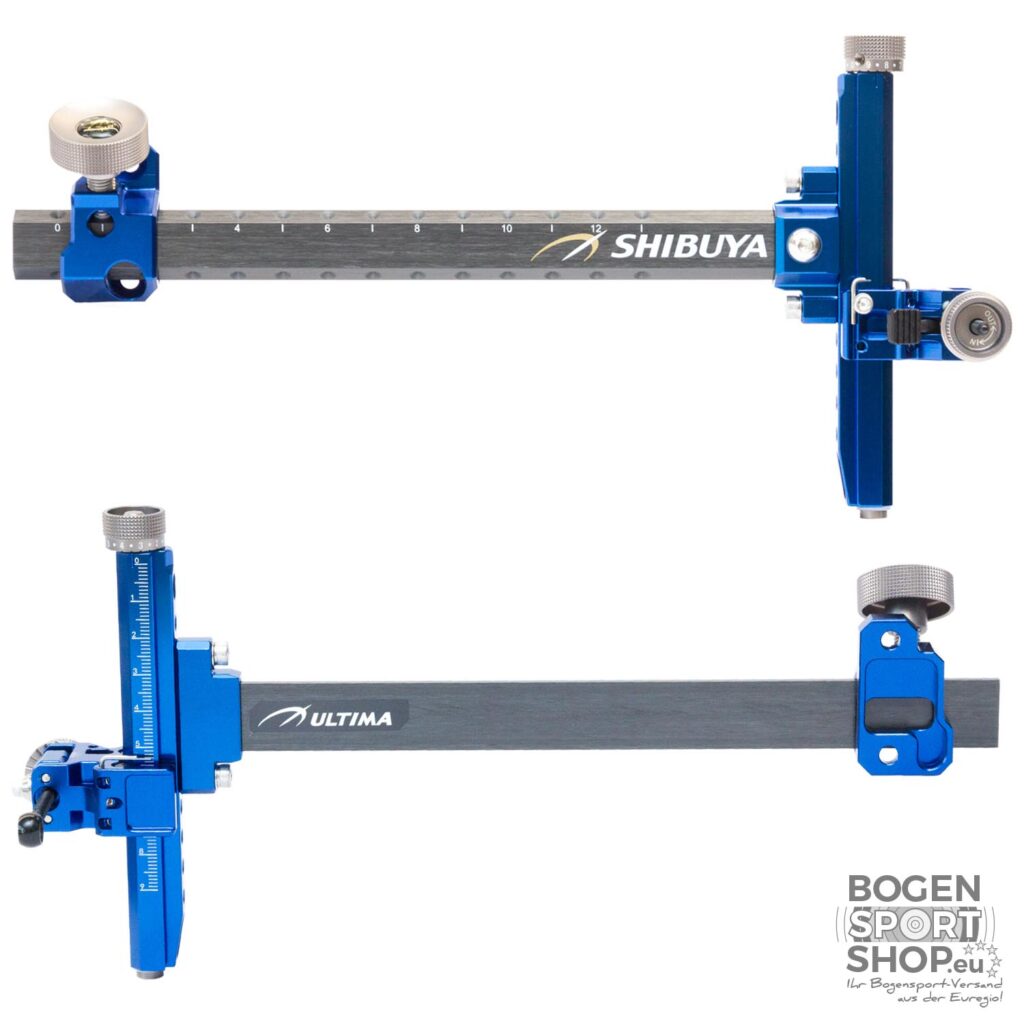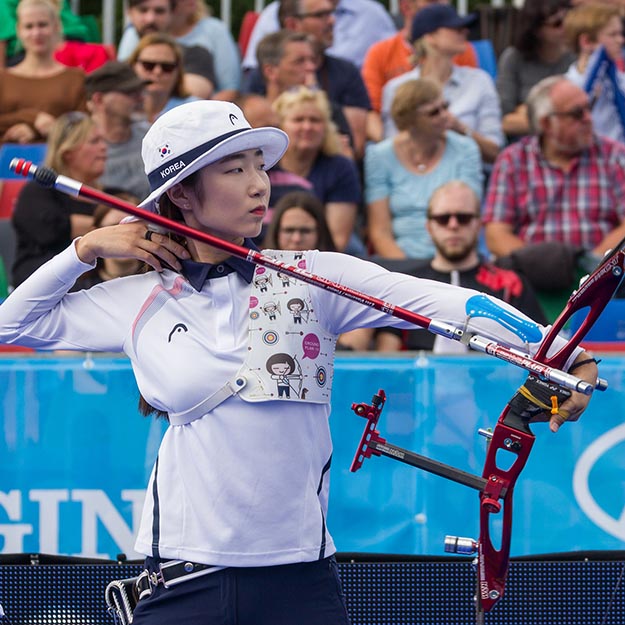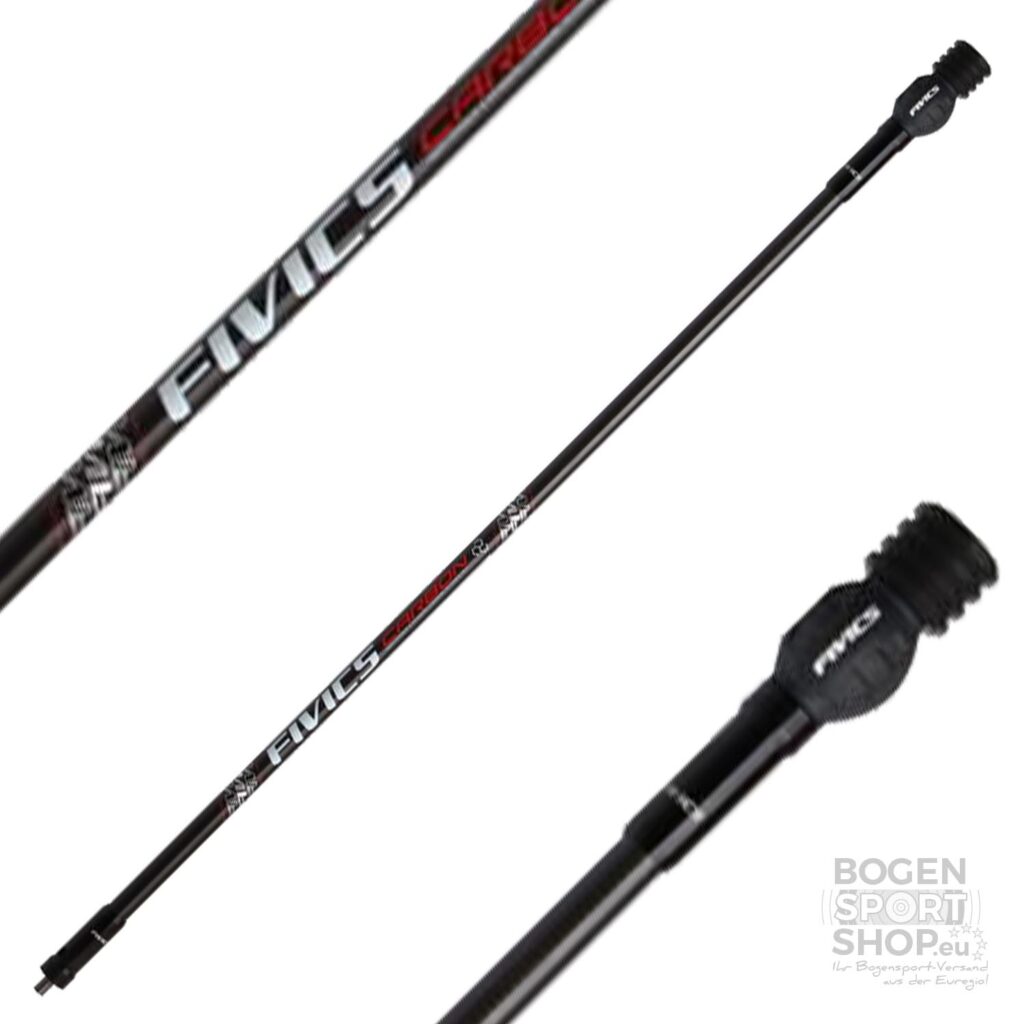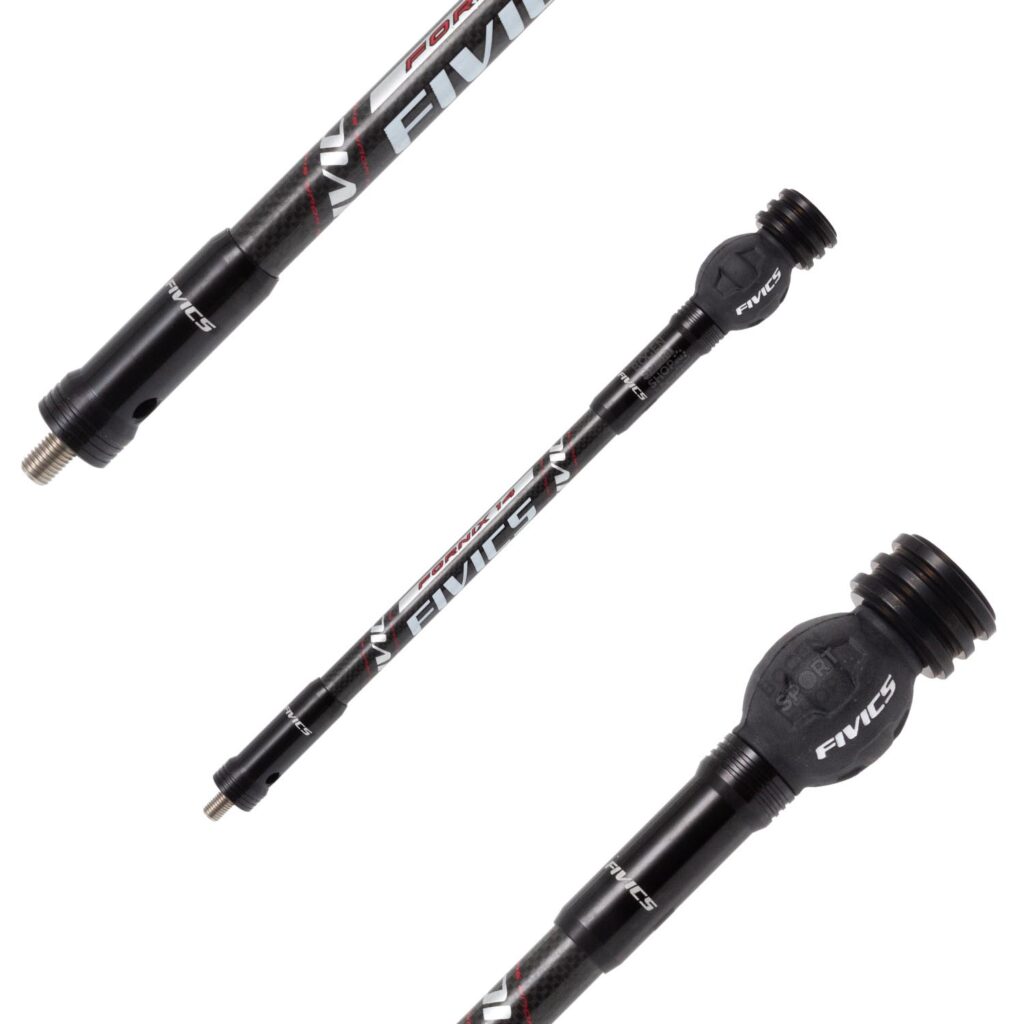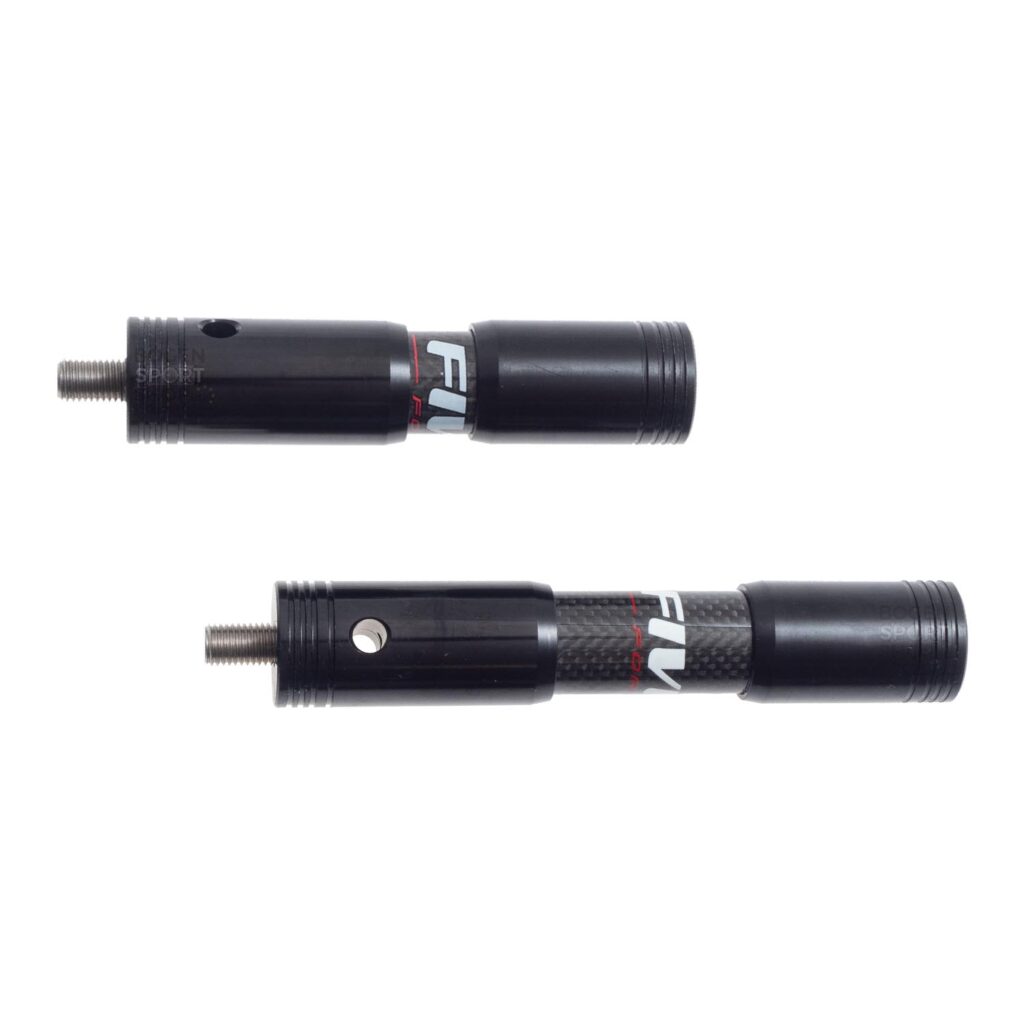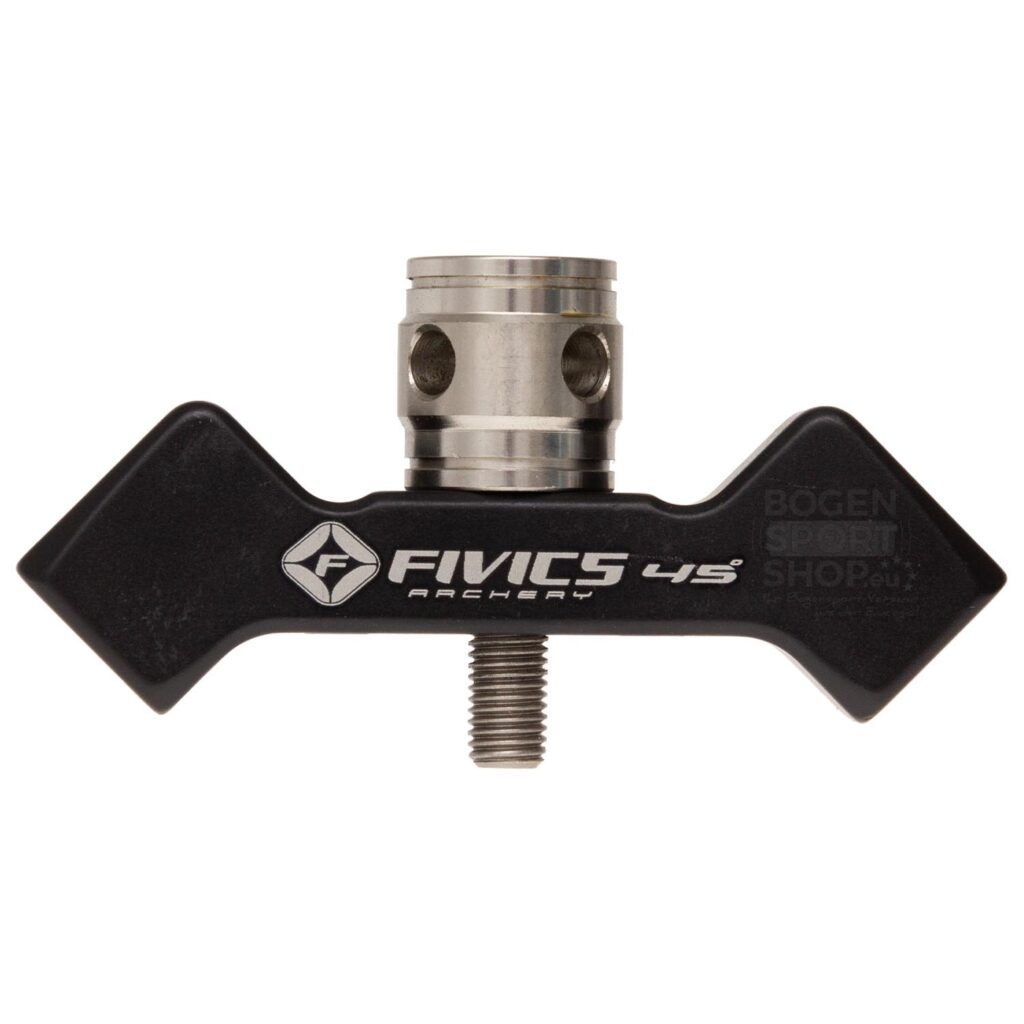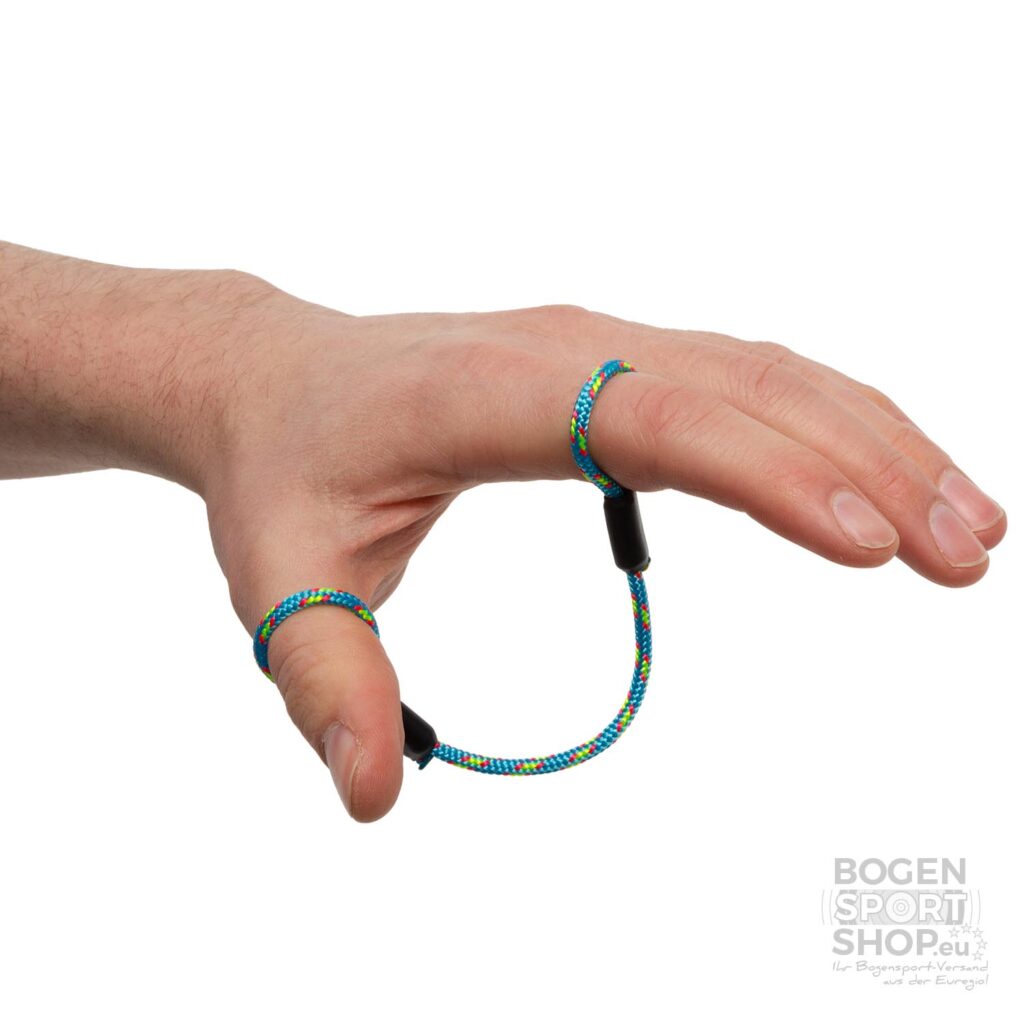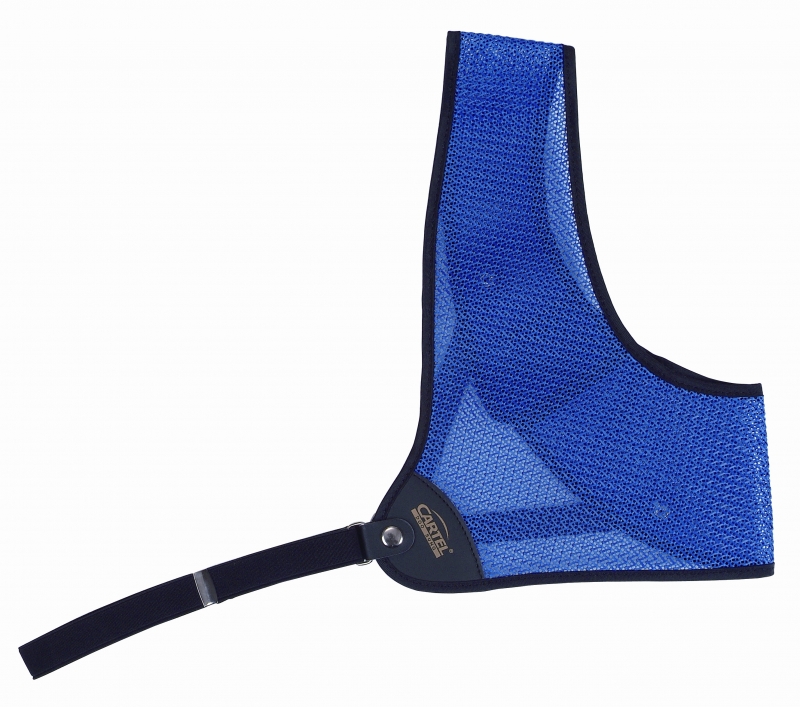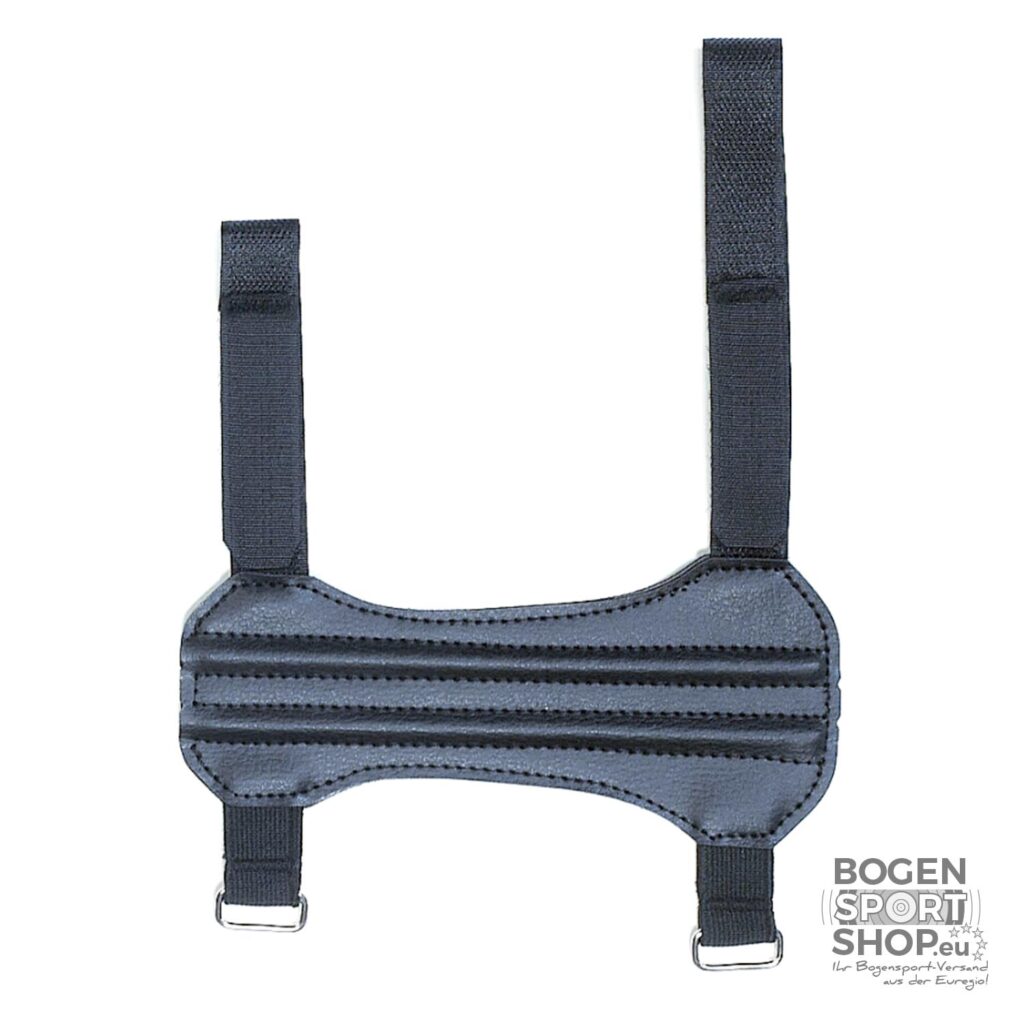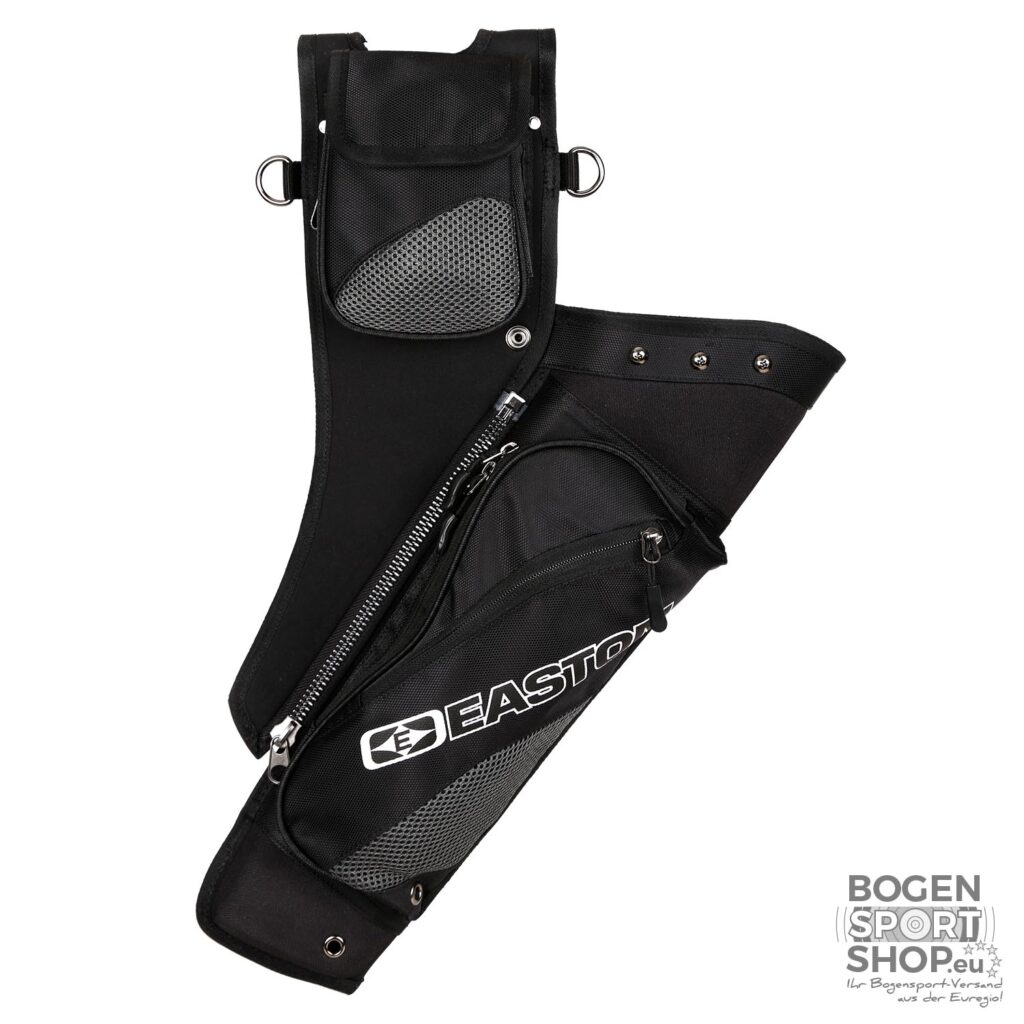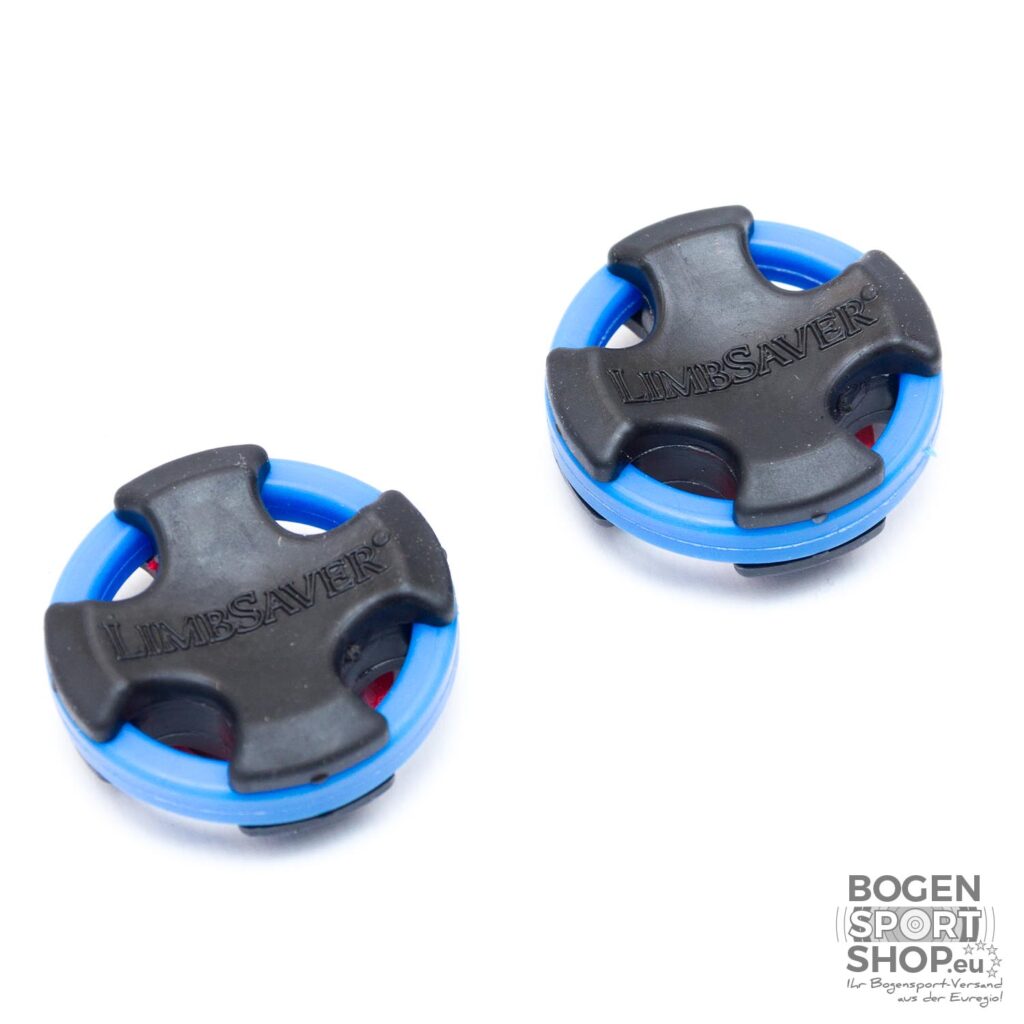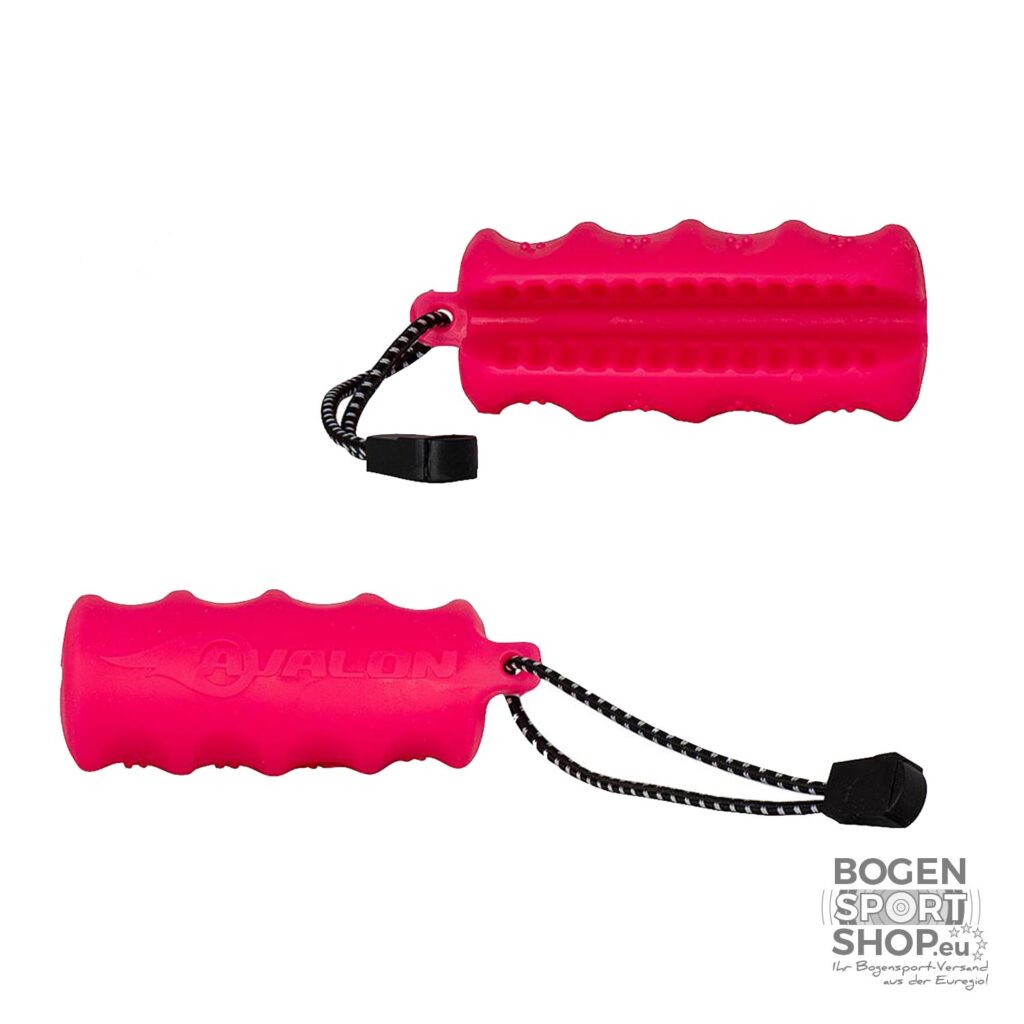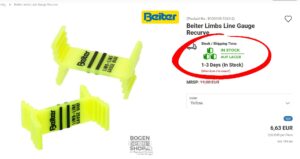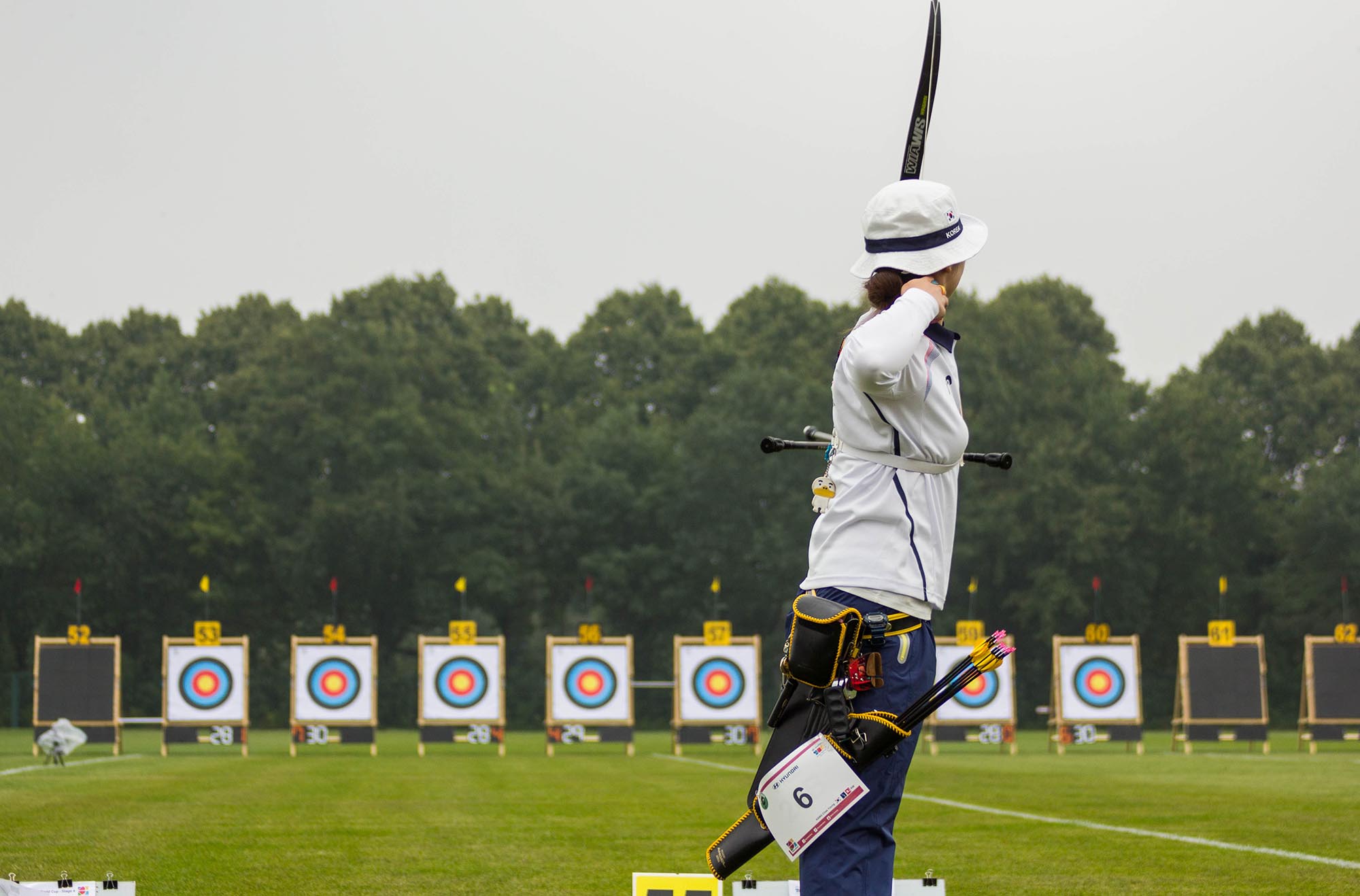
Table of Content:
- Basic Facts and a First Overview:
- The Equipment of the Recurve Disciplines in an Overview
Basic Facts and a First Overview:
The word „recurve“ does not actually mean very much at first. However, it basically refers to a certain type of bow. Recurve (meaning ‚being recurved‘ or ‚bent back‘) refers to a bow in which the bow tips are bent forward even in a relaxed state. The opposite would be, for example, a bow with straight bow tips, as is the case with a longbow.
In general, the choice of bow type is, of course, a matter of taste. Technically, however, a recurve produces slightly more energy than a longbow with straight bow tips. For this reason alone, the arrow can fly faster with a recurve and accordingly has a flatter flight curve in comparison.
The Equipment of the Recurve Disciplines in an Overview
There are various archery disciplines in which recurve bows are permitted. In principle, the Olympic recurve must be separated from the bare bow. As the name implies, a bare bow should be as „bare „, respectively be equipped with just as few aids as possible. But in comparison to an Olympic Recurve, the athletes are allowed to use a few more aids, like e.g. sight and stabilizers, for competition. A short explanation of the individual pieces of equipment can be found below:
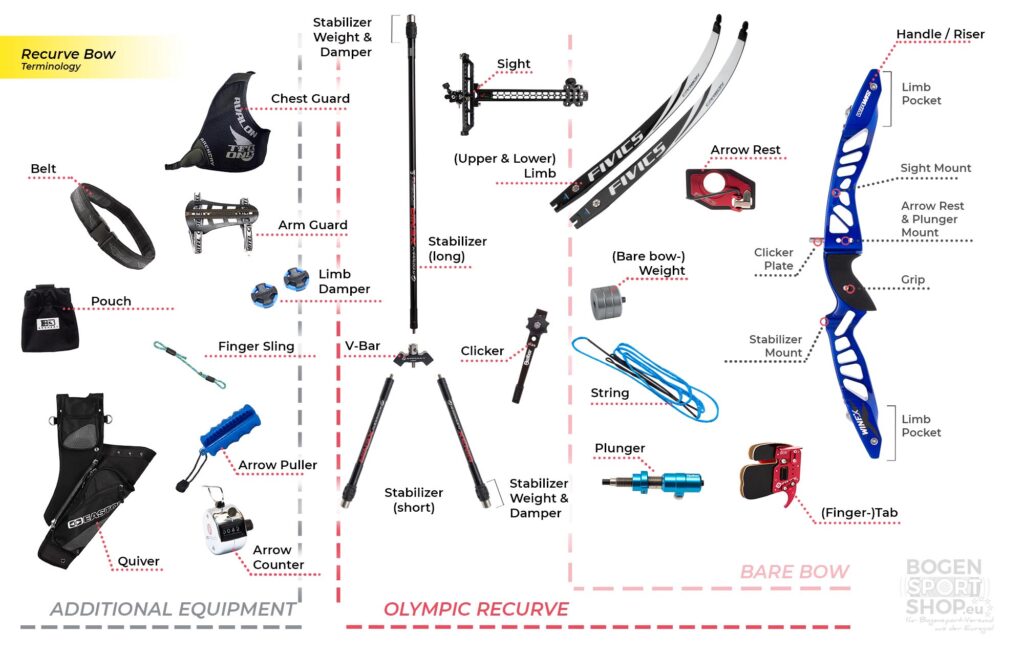
Bare Bow + Olympic Recurve
Barebow archery is a discipline on its own according to the rules of the WA (World Archery Federation). A bare bow is most clearly characterized by the fact that it has no sight and no stabilizers. Only the attachment of weights directly to the bow is permitted. Their primary purpose is to ensure that the bow does not tip after releasing the shot, but remains in an upright position. When participating in a tournament, it is important that the bare bow together with its weights fits through a 12.2 cm Ø ring. The following materials can be used here:
Handle (or Riser)
The term „riser“ or „handle“ is generally used when the recurve is a take-down bow. It is the central component of a take-down bow and requires at least one pair of limbs for use.
Limbs
The plural term „limbs“ refers to the lower and upper parts of the bow. They are attached to the riser on one side (limb pockets), while the loops of the string are attached to the limb tips.
Limbs are sold exclusively as a pair of limb arms, hence the plural.
String
The string (usually made of synthetic material) is the main part with which the bow is strung.
There are not countless string manufacturers, but enough to be a little bit confused, especially if you are a beginner. Because on the one hand there are brand names, but on the other hand also material terms, which could lead to possible confusion. But don’t worry, none of this is hocus-pocus. And if you read a bit into it, it’s even quite logical. So here’s our overview for starters.
Tab
Especially in the performance range, where the bow is very strong, it is unthinkable to shoot without finger protection. Otherwise, the force of the string could cause serious injuries. This is where the so called „Tab“ is used. In opposite to Tabs, there are quite pragmatic: shooting gloves. But proven and in the context of Olympic archery, for example, so-called tabs are the thing.
A tab usually consists of a layer of soft suede and another layer of (synthetic/genuine) leather, which is attached to a plate with a finger spacer. These leather layers are designed to protect against cuts by the string on the fingers (index, middle and ring fingers) of the draw hand. On modern models, additional screw-on components such as an anchor plate and/or a pinky hook (also finger plate) can be attached.
Arrow Rest
An arrow rest is considered indispensible in competitive shooting for both bare bows and Olympic recurves. It is a rest for the arrow attached in the sight window of the riser.
Usually, each rest has a hole in the middle for the plunger (see the following point).
There are plastic rests, where the complete rest is made of one mold, while there are also finer magnetic rests. These have, for example, a small mechanism with a support arm and a small magnet that can fold to the side and thus avoid an unwanted influence on the flight of the arrow.
Plunger
Technically a plunger is a spacer, usually a spring-loaded pin, that positions the arrow on the arrow rest, especially on technical bows (such as modern take-down bows). It ensures that the arrow remains in position after releasing the shot.
(Extra Bare Bow) Weight
As already mentioned: In the case of the bare bow, only the attachment of weights directly to the bow is permitted, and they are primarily intended to ensure that the bow does not tip after the shot is released, but remains in an upright position.
In Olympic Recurve, for example, weights are intended much more as a counterbalance to the draw weight, so that the bow, or the bow hand, stands as still as possible in the anchor position. These can be attached directly on the bow, but do not have to be. Usually the weights are screwd on at the end of the stabilizers.
Olympic Recurve
As the name suggests. There is a certain equipment setup that characterizes a recurve, as well as makes it permissible for participation in the Olympic Games. Compared to the bare bow, the Olympic Recurve is allowed to use a few more aids. These are, for example, the following:
Sight
In the Olympic recurve, the sight is probably one of the most characteristic features. The sight is an aiming device that can be screwed to the riser.
Depending on the model, distance markers are drawn in, or can also be attached individually. Decisive for the choice of a sight are material, weight, as well as adjustment fineness. A manufacturer’s own sight tunnel is usually included, but can be replaced if desired.
Clicker
A Clicker is a thin metal plate (also carbon), which is screwed to the riser. This quite small piece of equipment is also pretty much characteristic of the Olympic recurve today, especially since nothing works without this little helper in competitive sports these days.
The clicker is adjusted in such a way that it slips off the arrow when the archer reaches the state of the full draw. The clicker then produces a „clicking sound“ by striking on the bow. This ensures that the arrow is always shot with the same draw length, ergo the same draw weight.
Stabilizer system
Stabilizers are rod-shaped extensions (optionally with weights and dampers at the end) that are screwed onto the bow (usually at the front). They are intended to ensure that the force of the limbs can effectively deviate during the release, via the stabilizer. This reduces the hand shock, as well as unsteadiness of the bow when shooting.
The decisive factor for the quality of the stabilizer is the material, or the quality with which the shock is absorbed and passed on. Ideally, after shooting, the bow should swing forward evenly.
Components of a stabilizer system can be:
Long Stabilizers
The long stabilizers are 26″-32″ long (in exceptions a little shorter or longer) and are more often used in target archery than in field or 3D rounds, for example. The reason for this is simply that long stabilizers can quickly become unwieldy in a wooded environment.
But especially in the context of Olympic recurve, the overall length of the stabilizer system is not unimportant and can significantly provide the necessary calmness when aiming and shooting. Exactly which length is ideal for you simply has to be tried out.
At one end of the stabilizer there are usually dampers and individually adjusted weights.
Short Stabilizers
Short stabilizers are 8″- 12″ long (up to 15″ in exceptions) and are used in Olympic archery for lateral balancing of the posture. In addition, short stabilizers are also used in field and 3D shooting, as they are much more practical in wooded environments, unlike long stabilizers.
At one end of the stabilizer there are usually dampers and individually adjusted weights.
Extender
The extender in the stabilizer system is to be understood as a kind of pre-construction. The usually 2″ to 5″ short component made of aluminum or carbon is screwed to the V-bar. Thus, the entire stabilization system is shifted away from the bow in the direction of the target. This shifts the center of gravity of the stabilization system and also the center of gravity of the bow.
V-Bar
The V-bar is the core of the stabilizer system. As the name might suggest, it is a V-shaped connecting part that connects the long stabilizer bar with the short ones.
Originally with „V-Bars“ the two short lateral stabilizers that are bolted together in a „V“ arrangement were meant. Although „V-Bars“ actually meant the stabilizers, „V-Bar“ is now understood to mean the connecting piece.
Additional equipment
This area, like pretty much everything in archery, can also be customized. We mainly try to give an overview for a first orientation:
Fingersling
A fingersling is eminent especially for archery techniques where the bow is not to be gripped. Because if you were to grip the bow tightly, you could still influence the flight of the arrow with a tiny movement at the moment of shooting, which is of course to be prevented.
Therefore, many archers can be beautifully observed how the bow falls completely into the sling after the shot and swings freely. (see for example Lee Eun Gyeong).
The finger sling is a string that you can buy or make yourself. Usually it is fastened around the thumb and the index finger and ensures that the bow does not fall down when shooting.
Alternatively, there are wristlings that are tied around the wrist and between the riser and the stabilizer. However, wristlings are more common for compound than for recurve archers.
Chest Guard
A chest guard is put on especially by Olympic recurve archers over that half of the chest which may also be in contact with the string. On the one hand, it protects against painful impacts of the string on the chest, on the other hand, it ensures that the string always has the same surface at the point of contact on the chest and thus cannot get caught on (different) surfaces of the clothing.
Side Fact: In radiological imaging, the constant contact of the string with the breast may cause liposome shifts, which in turn may possibly be misinterpreted by the attending physician. A chest guard can probably also prevent this by neutralizing the incisive contact of the string to a certain extent.
Arm Guard
An arm guard -as the name suggests- protects the bow arm from a possible blow of the string after release. Arm guards come in a variety of shapes and colors.
With a proper technique, the string will never hit the arm, but it can whiz past quite close to it and possibly also only afterwards unpleasantly graze the skin. In this respect, arm guards are almost indispensable for Olympic recurve shooters in every respect.
Arrow Quiver
Arrow quivers are, in essence, simply containers, or bags, in which the arrows are stored. In the market there are several designs, such as hip quivers, or side quivers, back quivers, saddle quivers, or even quivers already mounted on the bow (bow quiver). In the case of the Olympic recurve, the hip or side quivers are the most frequently used quiver types.
The components always include the belt and the quiver itself. Often you can see recurve archers having extra pouches on the belt, in which they throw an arrow puller, finger sling, or other things that they may want to put away between matches, but will soon need again. For this purpose, there are so-called release pouches in the store, which were intended for compound archers, so that they could put down the release, so to speak. Meanwhile, these bags are widely used in all styles of archery.
Limb Dampers
Limb dampers are not essential for the competitive sport in recurve, but they are nevertheless often seen, especially among top athletes, and in principle always recommended.
They are attached to the limbs with a strong, double-sided adhesive tape and also absorb the shock that occurs when the string is released.
This makes the bow much quieter.
Arrow Puller
Definitely a must-have, even if this is listed here. Anyone who has ever shot an arrow into a wet straw target with a respectable poundage will immediately understand what I mean.
An arrow puller is a tool (usually made of anti-slip material such as silicone) to help pull arrows out of the target.
Note: Does not always work easily, but in such a case it just does not work at all without it.

